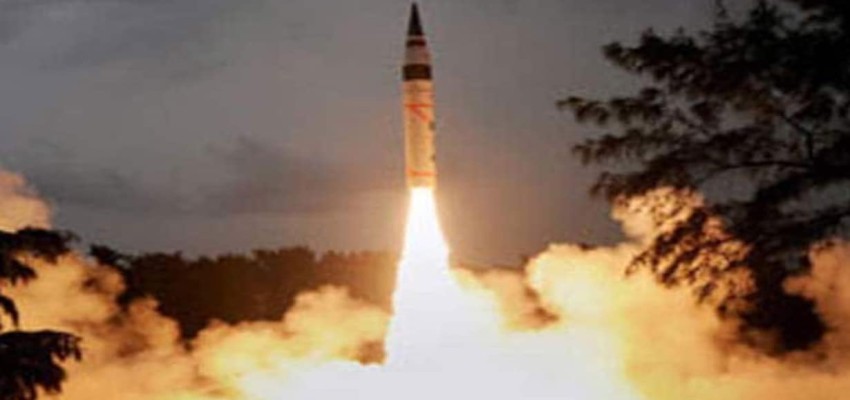
What can India's nuclear-capable missile Agni-V do? 5 facts
Find out five facts about the long-range, nuclear-capable, surface-to-surface ballistic missiles that were successfully test-fired on December 15.
India successfully test-launched the nuclear-capable Agni-V missile that can strike targets at ranges beyond 5,000 kilometres with a very high degree of accuracy. The night trials of the Agni V missile came days after the clash between Indian and Chinese troops in Tawang district of Arunachal Pradesh.
Here are some facts about the long-range, nuclear-capable, surface-to-surface ballistic missiles:
1. Agni-V can bring almost the entire Asia, including the northernmost part of China, as well as some regions in Europe under its striking range. This missile has the farthest range in the history of India's weapons program. It is also the first missile to be launched at its maximum operational range, which exceeds 5,000 km.
2. The Agni-V is a three-stage solid rocket powered missile system capable of delivering a 1.5 tonne nuclear warhead.
3. The Agni-V project is aimed at boosting India's nuclear deterrence against China which is known to have missiles like Dongfeng-41 having ranges between 12,000-15,000 km.
4. This was not the first time Agni-V was tested. India carried out a similar test of the missile in October, 2021 and the first test was conducted in 2012.
5. As the launch of Agni-V marks a significant boost to the country's strategic deterrence, people are now looking forward to its submarine version called the 'K-5', which is expected to be tested in the near future.
The Agni-V missile was test-fired from the APJ Abdul Kalam Island off the Odisha coast.
Courtesy: India Today

